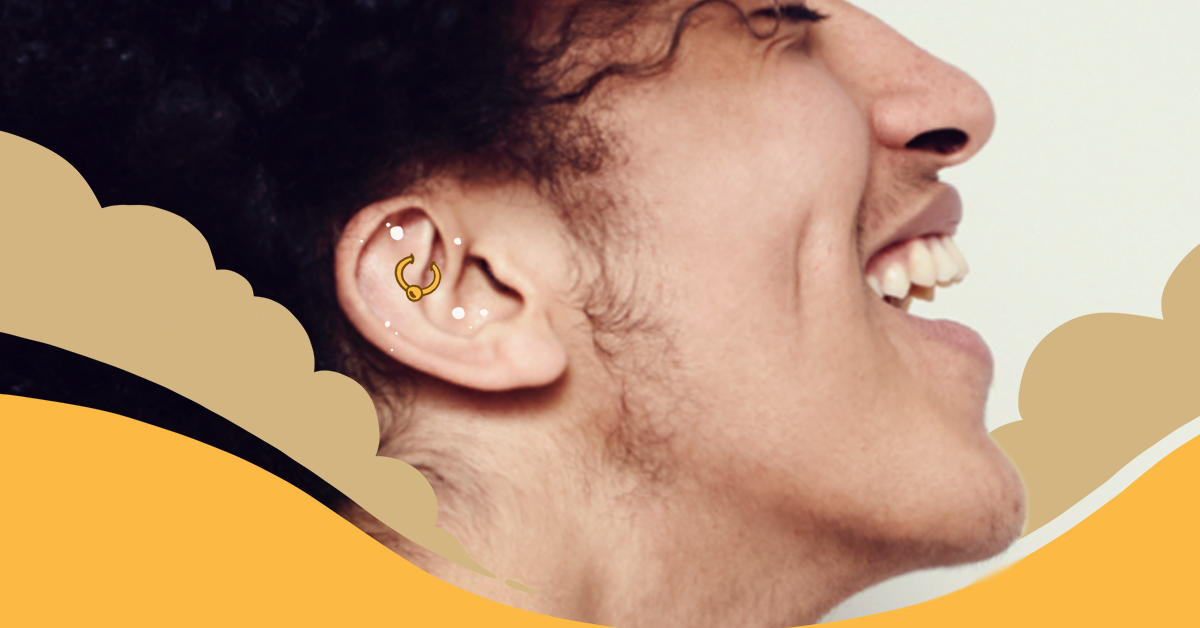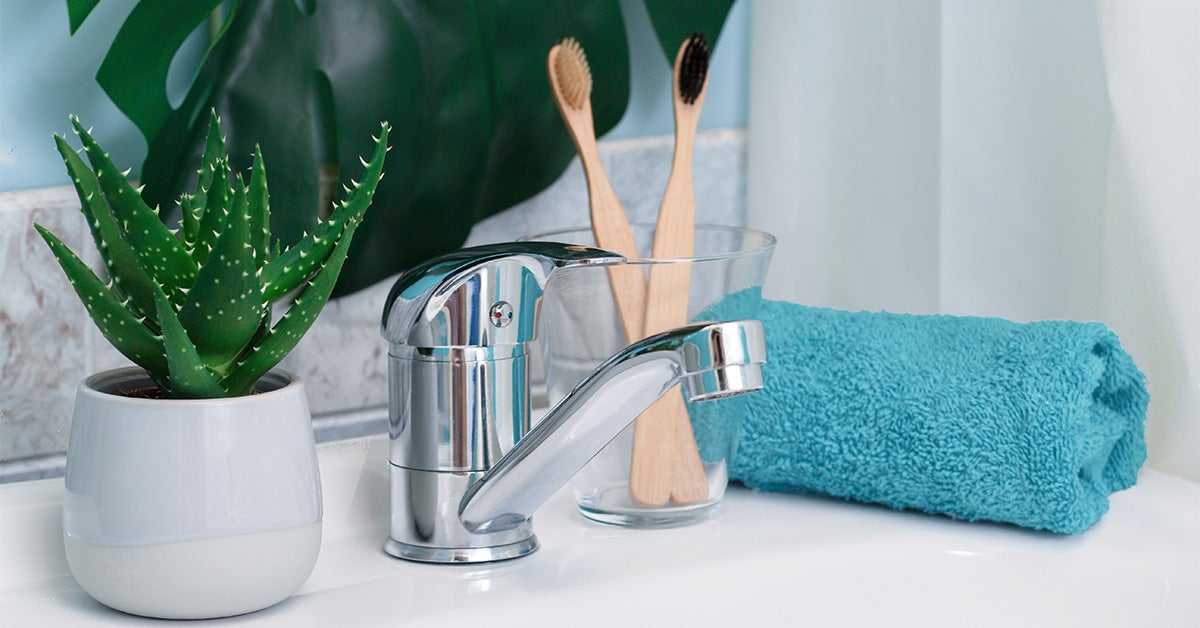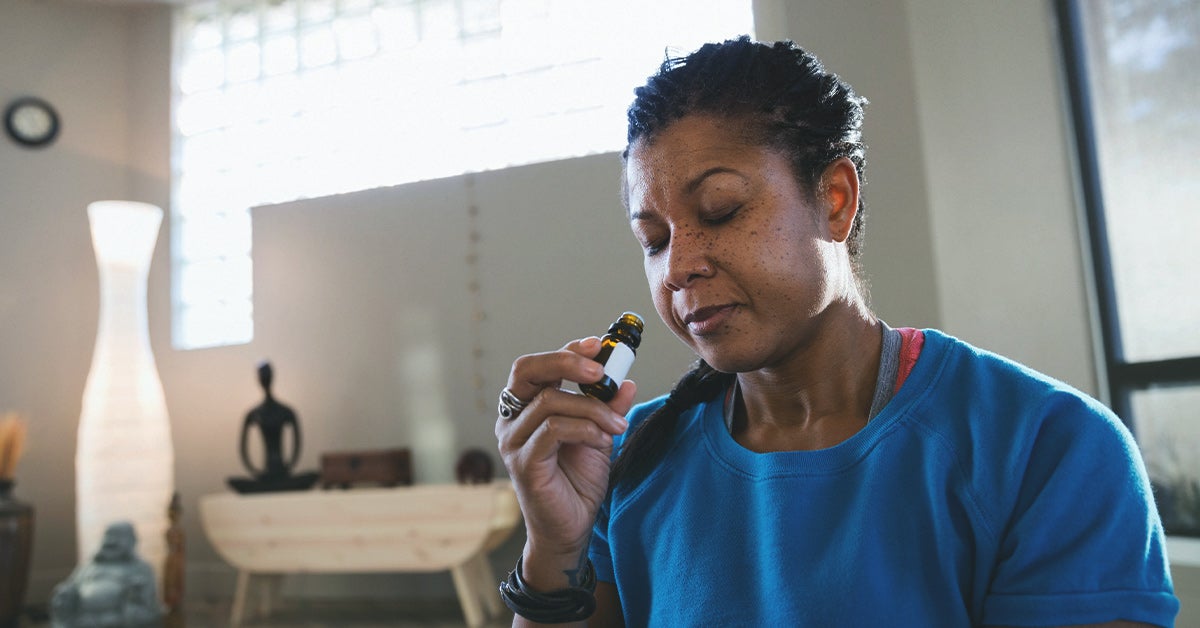Tea Tree Oil for Acne: Does It Work and How to Use It Safely

If you buy something through a link on this page, we may earn a small commission. How this works.
Tea tree oil is made from the leaves of the Australian tree of the same name. Aboriginal Australians have used it as a traditional medicine for many centuries.
Today, people use tea tree oil in a variety of ways, including keeping the skin healthy. Does this include acne?
Let's take a closer look at how tea tree oil may help with acne breakouts, the best way to use it, and safety precautions to keep in mind.
A 2015 review of 35 studies on the use of complementary treatments for acne concluded that there's some evidence to support using tea tree oil for acne. But researchers note that this evidence isn't of the best quality.
One 2006 study found that tea tree oil has both anti-inflammatory and antimicrobial properties. This may help with treating inflammatory acne lesions, such as pimples.
A 2016 study looked at using a combination of tea tree oil and resveratrol to protect the skin from sun damage. Although not the aim of the study, researchers found most participants had less oil and bacteria on their skin, as well as smaller pores. This could potentially improve acne.
In a 2017 study, participants applied tea tree oil to their face twice daily for 12 weeks. At the end of the study, researchers concluded tea tree oil has the ability to 'significantly improve' mild to moderate acne with no serious side effects. But this study only had 14 participants and didn't adhere to other research quality standards.
A 2018 study found combining aloe vera, propolis, and tea tree oil can also improve acne.
Overall, the research says tea tree oil might help improve acne, but it's not a cure-all.
Follow these steps for safe dilution and application.
Steps for diluting, testing, and applying
- Combine 1 to 2 drops of tea tree oil with 12 drops of a carrier oil. However, be careful using any additional oils on your face. Any type of oil product has the potential to worsen acne.
- Before applying diluted tea tree oil to your face, do a small patch test on the inside of your elbow. Signs of skin sensitivity or an allergic reaction include itchiness, redness, swelling, and burning.
- Before applying the oil, wash your face with a gentle cleanser for acne-prone skin, and pat it dry.
- Gently apply diluted tea tree oil by dabbing it on your blemishes with a cotton round or pad.
- Allow to dry. Follow up with your usual moisturizer.
- Repeat morning and night.
With most acne treatments, you'll want to use the treatment every day for best results. This includes tea tree oil.
Once you've done a patch test and know it's safe to use diluted tea tree oil on your skin, you can apply the oil to the affected area twice a day as part of your morning and evening skin care routine.
Tea tree oil is generally safe to use on the skin. It's not safe to swallow it. Ingesting it can cause serious symptoms, including confusion and ataxia. Ataxia is a loss of muscle coordination.
Also be careful not to get tea tree oil in your eyes, as it can cause redness and irritation.
If tea tree oil is correctly diluted, most people can use it on their skin without any serious problems. However, some people may develop an allergic skin reaction or skin irritation on the area where the oil was used.
That's why it's important to do a patch test on a small area of your skin before using diluted tea tree oil on your face. Make sure you stop using the oil right away if you notice any:
- itching
- redness
- swelling
- irritation
Tea tree oil is widely available and easy to find. You can find it at most drugstores as well as online. You may even find it at your local grocery store in the personal care section.
If you're looking to buy tea tree oil to use on your skin, buy the purest oil available. Make sure the label says it's 100 percent tea tree oil.
Besides its acne benefits, tea tree oil may also help treat:
- eczema
- nail fungus
- scabies
- scalp conditions, such as dandruff
Research suggests tea tree oil may be helpful for mild to moderate acne breakouts. This is thanks to its anti-inflammatory and antimicrobial properties.
While it may not be as effective as benzoyl peroxide or salicylic acid for treating acne, tea tree oil may be an over-the-counter (OTC) option if you have a sensitivity to these ingredients.
If you don't see an improvement in your acne with OTC products, you may need prescription medications. A dermatologist can help find the best treatment for you. Treatment options may include:
- retinoids
- oral or topical antibiotics
- anti-androgen therapy
- birth control pills
While tea tree oil shouldn't replace your current acne regimen, it may be a good complementary treatment.
-
 6 interesting genetic traits that children will inherit from their parents
6 interesting genetic traits that children will inherit from their parents
-
 7 effects of asparagus on child development
7 effects of asparagus on child development
-
 Does cutting blood hair for babies bring good luck?
Does cutting blood hair for babies bring good luck?
-
 The more babies eat, the higher the height they develop, especially the second kind
The more babies eat, the higher the height they develop, especially the second kind
-
 Children with chicken pox should eat to quickly recover from the disease, without leaving a deep scar?
Children with chicken pox should eat to quickly recover from the disease, without leaving a deep scar?
-
 The more food is cooked, the better it can be for health, especially the second type
The more food is cooked, the better it can be for health, especially the second type
-
 Rook Piercing Pain Levels, Coping, and Piercing Aftercare
Rook Piercing Pain Levels, Coping, and Piercing Aftercare
-
 What Can You Do for Missing Teeth?
What Can You Do for Missing Teeth?
-
 Why Breastfeeding Was Not the Weight Loss Promise I'd Hoped For
Why Breastfeeding Was Not the Weight Loss Promise I'd Hoped For
-
 How to Get Rid of a Cold
How to Get Rid of a Cold
-
 What Can Aloe Vera Do for Gums?
What Can Aloe Vera Do for Gums?
-
 Citronella Oil Benefits, How to Use, Side Effects and Safety
Citronella Oil Benefits, How to Use, Side Effects and Safety































